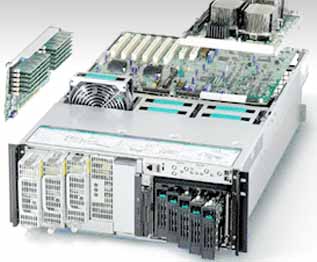
|

|

|

|

|

|

|  |

|
|

|

|

|
| HARD DISK RECOVERY | LAPTOP RECOVERY | RAID RECOVERY | EXCHANGE RECOVERY | FORENSIC RECOVERY |
Exchange Server Data Recovery:If you need Exchange Mailbox Extraction for Litigation or Archival purposes UniRecovery's experts have the ability to recover all recoverable data. UniRecovery providesOutlook .pst & tape Extraction on-site and at our Lab. If you want your .pst Files back immediately, our experts will make them available to you on our FTP Site for a secure download. We support all versions of Microsoft Exchange Server 4.0 , 5.0, 5.5, 2000, 2003 & SQL, ORACLE & RDBMS Database Data Recovery: DLT Tapes - DLT 260; DLT 600; DLT 200; DLT 2000X; DLT 4000; DLT 7000; DLT 8000; DLT 1 CALL NOW 0800 0 439 549 to speak to UniRecovery's exchange expert.
All About Recovery Planning: Why Plan?
|
||
| Our Guarantees : | Our Cleanroom Class 10: |
|
Our advanced laboratories are equipped with Clean Rooms rated as ‘Class 1000, 100 & 10 ’ where there exists no more than 1000 particles; and ‘Class 100’ where there exists no more than 100 particles whereas with "Class 10", less than 10 particles of 0,5 µm found in our Cabim-Flow which is of "Class 10". The air quality of the Clean Rooms complies with the applicable standards BS 5295, ISO 14644-4 and Federal Standard 209. Hard disk fabrication requires a ‘Class 100’ Clean Room and UniRecovery undertake all laptop hard drive recovery work with brands whether external drives such as Lacie, Freecom, or Omega or internal such as Maxtor, Seagate, Western Digital, Hitachi, Samsung, Compaq, HP, Fujitsu, Quantum and IBM in Clean Rooms ‘Class 10’. Commonly established, recovery from “Clicking” hard disk drives, can also be achieved under these specialised Clean Room conditions.
|
